Nina Vatolina, Fascism – The Most Evil Enemy Of Women. Everyone To The Struggle Against Fascism, 1941

Nina Vatolina, Fascism – The Most Evil Enemy of Women. Everyone to the Struggle Against Fascism, 1941
More Posts from Thxsdad and Others

‘magdalene in the cave’ - hugues merle (1868)

‘A New Path!’
Soviet poster, 1926
Via Constantin Sessorov
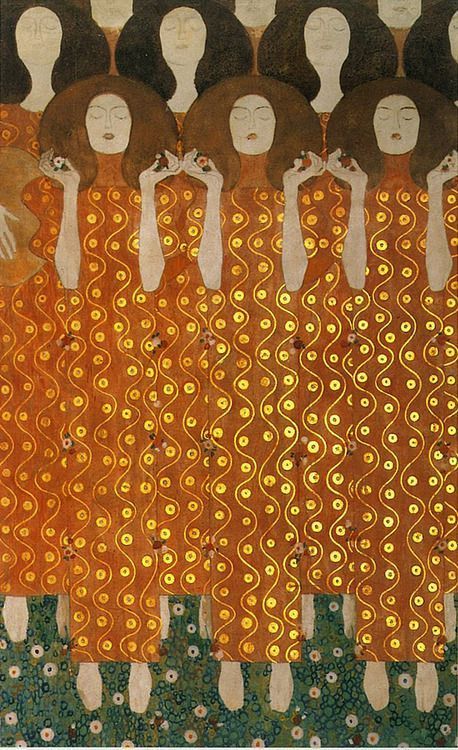
Gustav Klimt
image from The Beethoven Frieze The Longing for Happiness Finds Repose in Poetry.


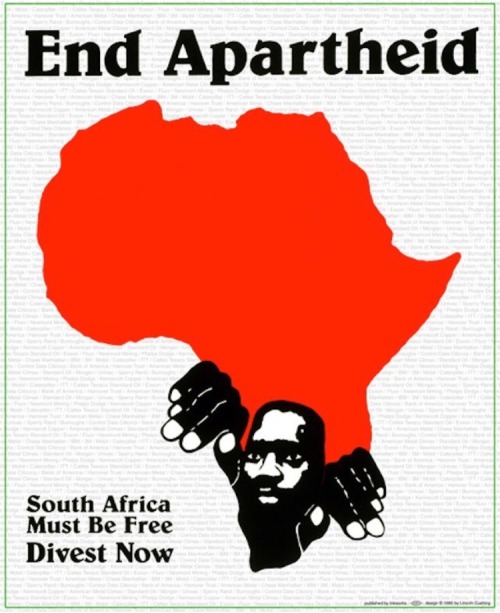




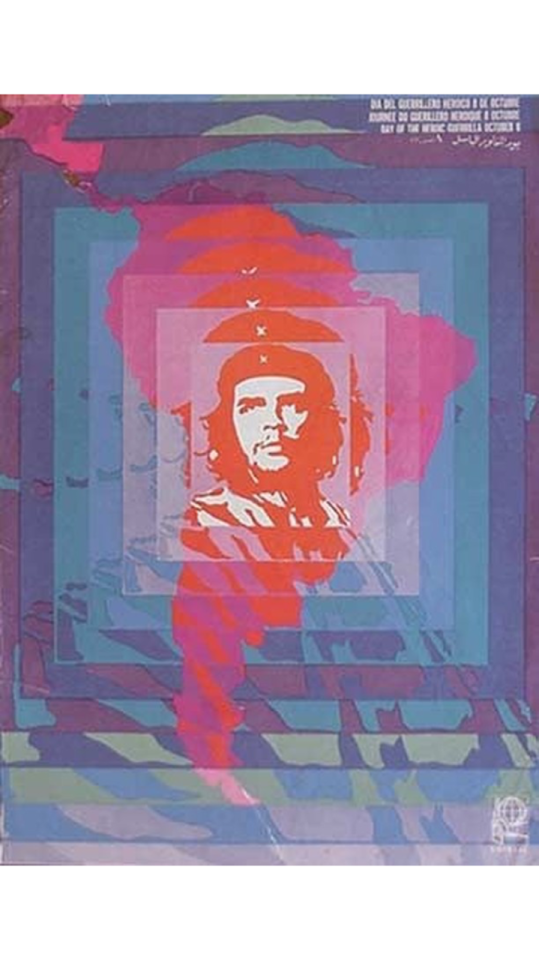
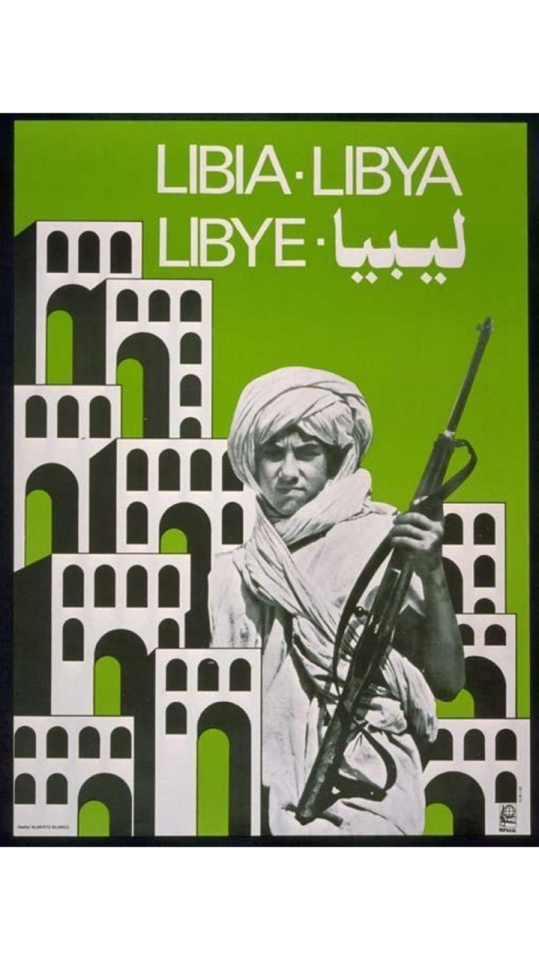
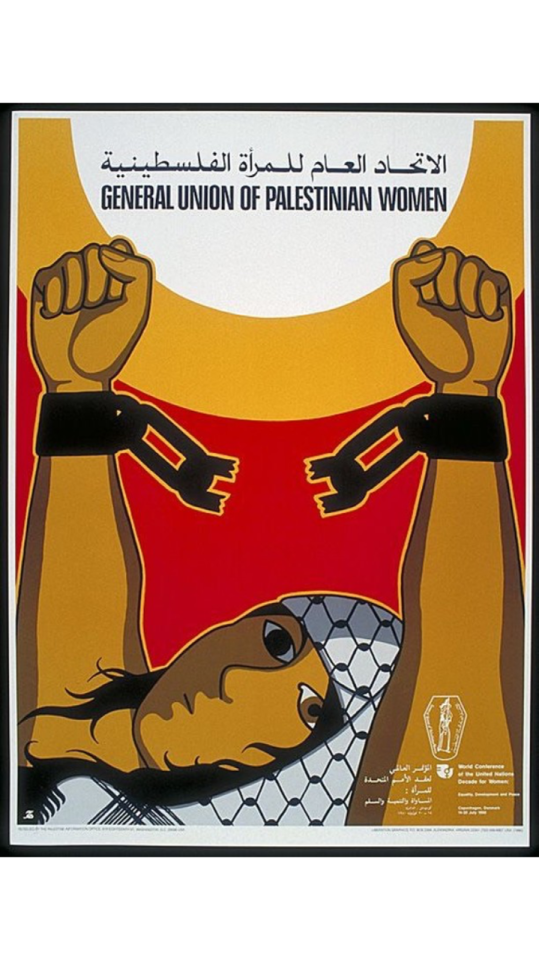

The Organization of Solidarity with the People of Asia, Africa and Latin America (Spanish: Organización de Solidaridad con los Pueblos de Asia, África y América Latina), abbreviated as OSPAAAL, is a Cuban political movement with the stated purpose of fighting globalisation, imperialism, neoliberalism and defending human rights.It publishes the magazine Tricontinental. The OSPAAAL was founded in Havana in January 1966, after the Tricontinental Conference, a meeting of leftist delegates from Guinea, the Congo, South Africa, Angola, Vietnam, Syria, North Korea, the Palestine Liberation Organization, Cuba, Puerto Rico, Chile and the Dominican Republic.
One of the main purposes of the organisation is to promote the causes of socialism and communism in the Third World; for example, OSPAAAL strongly supported Hugo Chávez. Social development, which the organization says is a human right, is a recurring theme in OSPAAAL publications.
From its foundation until the mid-1980s, OSPAAAL produced brightly coloured propaganda posters promoting their cause, however, financial difficulty and ink shortages forced the organization to stop producing these posters. However, in 2000, these posters began to be printed again.
These posters, as they intended to be internationalist, usually had their message written in Spanish, English, French, and Arabic. As opposed to being put up on walls around Cuba, these posters were instead folded up and stapled into copies of Tricontinental, so that they could be distributed internationally. This allowed OSPAAAL to send its message to its subscribers around the world.
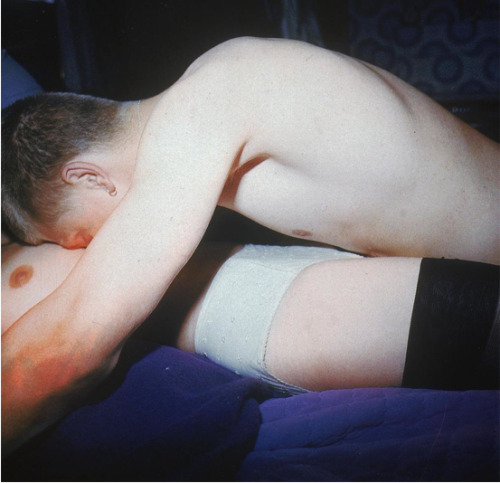
Skinhead faisant l’amour, Londres, Angleterre, 1978
Nan Goldin
my favorite part about not doing anything ever is

Palestinian women on a rooftop of a house in Jerusalem. 1932 Palestine.

If you ask someone to name five artists, they will likely name prominent male artists, but how many people can list five women artists? Throughout March’s Women’s History Month, we will be joining institutions around the world to answer this very question posed by the National Museum of Women in the Arts (NWMA). We will be featuring a woman artist every day this month, and highlighting artists in our current exhibition Half the Picture: A Feminist Look at the Collection which explores a wide range of art-making, focusing on enduring political subjects—encompassing gender, race, and class—that remain relevant today. The show is on view until March 31, 2019.
Together we hope to draw attention to the gender and race imbalance in the art world, inspire conversation and awareness, and hopefully add a few more women to everyone’s lists.
Yolanda Lopez’s art practice grew alongside her activism for the Chicanx student movement, which emerged in the late 1960s, and frequently centers the labor of women. Women’s Work Is Never Done is currently on view in Half the Picture: A Feminist Look at the Collection. In it, Lopez combines a 1965 image of labor leader Dolores Huerta proudly holding a strike poster with a group portrait of anonymous female farm workers dressed in protective gear for the heavy industrial work of a 1995 broccoli harvest. This International Women’s Day we celebrate the intellectual, organizing, and nourishing labor of the women depicted—and the work and lives of all trans and cis women around the world.
Yolanda M. López (American, born 1942). Woman’s Work is Never Done, from 10 x 10 Portfolio, 1995. Screenprint, sheet. Brooklyn Museum, Alfred T. White Fund, 1996.46.6. © artist or artist’s estate

Lowrider Couple, 1980
Joe B. Ramos
-
 foulmenswearmusiciansclod reblogged this · 1 month ago
foulmenswearmusiciansclod reblogged this · 1 month ago -
 unehistoiredelart reblogged this · 1 month ago
unehistoiredelart reblogged this · 1 month ago -
 jordaneprestrot liked this · 1 month ago
jordaneprestrot liked this · 1 month ago -
 nessytext liked this · 2 months ago
nessytext liked this · 2 months ago -
 dissonace liked this · 2 months ago
dissonace liked this · 2 months ago -
 fruitfulchaos liked this · 2 months ago
fruitfulchaos liked this · 2 months ago -
 learningmyspots liked this · 2 months ago
learningmyspots liked this · 2 months ago -
 thedrugdude liked this · 2 months ago
thedrugdude liked this · 2 months ago -
 themboots reblogged this · 2 months ago
themboots reblogged this · 2 months ago -
 technofeudalism reblogged this · 2 months ago
technofeudalism reblogged this · 2 months ago -
 technofeudalism liked this · 2 months ago
technofeudalism liked this · 2 months ago -
 hesch54 liked this · 4 months ago
hesch54 liked this · 4 months ago -
 serialdadfancier liked this · 1 year ago
serialdadfancier liked this · 1 year ago -
 ashnalk reblogged this · 2 years ago
ashnalk reblogged this · 2 years ago -
 ashnalk liked this · 2 years ago
ashnalk liked this · 2 years ago -
 necrooopsies liked this · 2 years ago
necrooopsies liked this · 2 years ago -
 peaceinsert liked this · 2 years ago
peaceinsert liked this · 2 years ago -
 pisc-ke liked this · 2 years ago
pisc-ke liked this · 2 years ago -
 thxsdad reblogged this · 2 years ago
thxsdad reblogged this · 2 years ago -
 thxsdad liked this · 2 years ago
thxsdad liked this · 2 years ago -
 yusuf-krk liked this · 3 years ago
yusuf-krk liked this · 3 years ago -
 mine-sanchez liked this · 3 years ago
mine-sanchez liked this · 3 years ago -
 4whitewind72 liked this · 3 years ago
4whitewind72 liked this · 3 years ago -
 666-as-above-so-below reblogged this · 3 years ago
666-as-above-so-below reblogged this · 3 years ago -
 delousing reblogged this · 3 years ago
delousing reblogged this · 3 years ago -
 alex-siberia liked this · 3 years ago
alex-siberia liked this · 3 years ago -
 sixthshard liked this · 3 years ago
sixthshard liked this · 3 years ago -
 anarchist-revolution liked this · 4 years ago
anarchist-revolution liked this · 4 years ago -
 anxiolotl reblogged this · 4 years ago
anxiolotl reblogged this · 4 years ago
